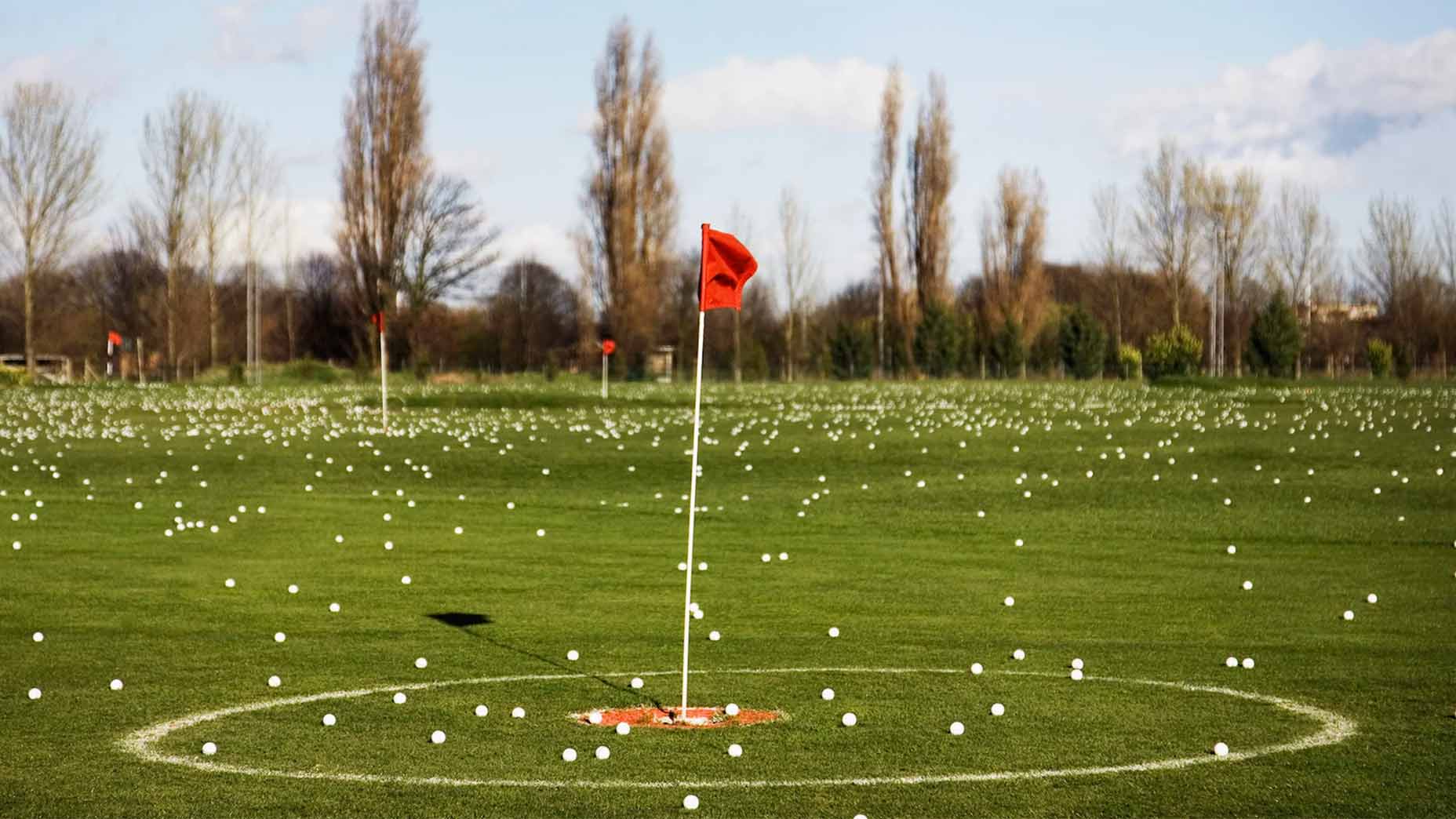How do golfers hit more greens? It starts by selecting the right club, and if you are in that tricky — and crucial — wedge range, one GOLF Top 100 Teacher says there’s one thing you should never do: muscle up.
Todd Sones, who is based in Vernon Hills, Ill., says one common mistake golfers make when they get to full-swing wedge range is that they hit the wrong shot when in-between distances.
“There’s no such thing as a hard wedge,” said Sones, who was at GOLF’s Top 100 Teachers Summit last week at Talking Stick Resort in Scottsdale, Ariz. “I’d rather have someone hit a 3/4 9-iron than a full wedge. And I’d rather have someone hit a 3/4 wedge than a full gap wedge. There’s no such thing as a hard wedge. Because then the ball spins too much, curves too much. You see what I’m saying?”
Yes, we do. What Sones means is that a harder swing would put more club-head speed on the golf ball, create more spin and make it more difficult to predict or control the distance.
Plus, with a harder swing, there’s also a larger margin for error. Especially for high-handicappers trying to improve, taking big, out-of-control swings with wedges isn’t always the best recipe for success. (Hint: Blade City.)
Instead of the hard wedge, Sones recommends playing the ball a little farther back in your stance — he says this helps the arms match up better — and making a 3/4 swing with a club less.
Sones says this rule isn’t true with every club, just wedges.
“Short iron on down [it’s true],” he says. “I like to say anything with a W on it, there’s no such thing as a hard one.”
So there you have it. Now start practicing those 3/4 short-iron shots — dialing in your wedges is crucial for scoring — and see if you start hitting more greens your next time out.
